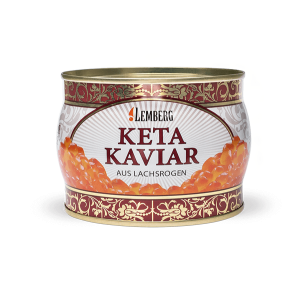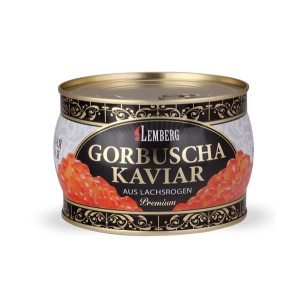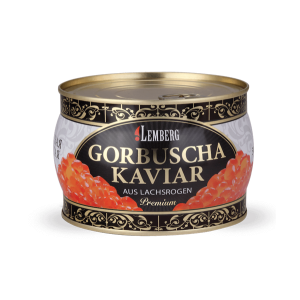Masago vs Caviar: Understanding the Differences and Similarities
- What Is Masago?
- What Is Caviar?
- Key Differences Between Masago and Caviar
- When to Choose Masago vs Caviar
- Conclusion
Caviar has long been regarded as a symbol of luxury, but its more affordable counterpart, masago, has gained popularity in modern cuisine. While both are types of fish roe, they differ in origin, taste, texture, and culinary use. Understanding the distinctions between masago and caviar can help food lovers appreciate each delicacy for its unique qualities.
What Is Masago?
Masago refers to the roe of the capelin, a small fish found in cold waters. It is commonly used in Japanese cuisine, particularly as a garnish for sushi and seafood dishes. The eggs are small, bright orange, and have a mildly crunchy texture. Compared to caviar, masago has a more subtle flavour with a slightly sweet and briny taste.
One of the key reasons for masago’s popularity is its affordability. While it lacks the complexity of high-end caviar, it provides a burst of umami that enhances various dishes. Masago is often dyed in vibrant colours like red or black to create visual appeal in sushi rolls and other culinary presentations.
What Is Caviar?
Caviar is the roe of sturgeon fish, traditionally harvested from species such as Beluga, Ossetra, Sevruga, and Baeri. Unlike masago, which comes from a more common fish, caviar is prized for its rarity and delicate flavour. The eggs vary in size and colour depending on the type of sturgeon, with hues ranging from deep black to golden brown.
The taste of caviar is rich, buttery, and complex, often with a smooth, lingering finish. It is typically enjoyed on its own, served with blinis, toast points, or crème fraîche to highlight its luxurious qualities. Caviar is also known for its nutritional value, containing high levels of omega-3 fatty acids, vitamins, and minerals.
Key Differences Between Masago and Caviar
1. Origin and Availability
Masago: Harvested from capelin, a widely available fish found in the Arctic and North Atlantic oceans.
Caviar: Sourced from sturgeon, a species that takes years to mature, making it a rarer and more expensive delicacy.
2. Size, Texture, and Appearance
Masago: Smaller, crispier eggs with a vibrant orange colour, sometimes dyed for aesthetic purposes.
Caviar: Larger, more delicate pearls that range from dark black to golden brown, depending on the sturgeon variety.
3. Taste and Culinary Use
Masago: Mildly briny with a slight sweetness, often used as a garnish for sushi, salads, and seafood dishes.
Caviar: Rich, buttery, and complex, usually served on its own or with simple accompaniments to enhance its flavour.
4. Price and Prestige
Masago: More affordable, widely available, and often used in casual dining.
Caviar: Traditionally seen as a luxury ingredient, but now more accessible than ever—especially with options like those from Lemberg Caviar UK. Perfect for adding a touch of elegance to everyday meals or special occasions alike.
When to Choose Masago vs Caviar
The choice between masago and caviar depends on the occasion and intended use. Masago is an excellent option for adding colour, texture, and umami to everyday dishes without the high cost. It works well in sushi, seafood bowls, and appetisers.
Caviar, while traditionally associated with special occasions and fine dining, is becoming a more accessible way to elevate everyday moments. Its refined taste and elegant presentation can turn even simple dishes into something memorable. Whether paired with Champagne, vodka, or classic accompaniments, caviar offers a unique and delightful culinary experience.
Conclusion
While both masago and caviar are types of fish roe, they serve different purposes in the culinary world. Masago offers an easy entry point into the world of roe with its vibrant flavour and versatility. Caviar, long regarded as a symbol of refinement, is now becoming more approachable—allowing more people to enjoy its unique taste and elegance beyond just special occasions. By understanding the distinctions between the two, food lovers can explore new flavours, experiment with pairings, and choose the perfect option for any moment, whether casual or celebratory.
Last update: 28.03.2025
Our bestsellers
More Recipes & Tips
Indulge in the exquisite flavors of Ossetra caviar. With its medium-sized eggs, this delicacy offers a buttery taste and a subtle hint of nuttiness. Elevate your dining experience with this luxurious treat, perfect for special occasions.
While the original Persian word khavyar simply means "egg," not every egg can be described as caviar. Some producers tend to apply this prestigious label to any type of roe from capelin to salmon and everything in between.
Whether you want to enjoy the luxurious black caviar or prefer to opt for a less costly red variety, it is important to know how to serve caviar. Read on to learn what garnishes and drinks to offer to your party.
There are many different technologies for extracting caviar, depending on a variety of factors. And since a thorough discussion of this topic falls outside the scope of our article, we will only describe the most common method...
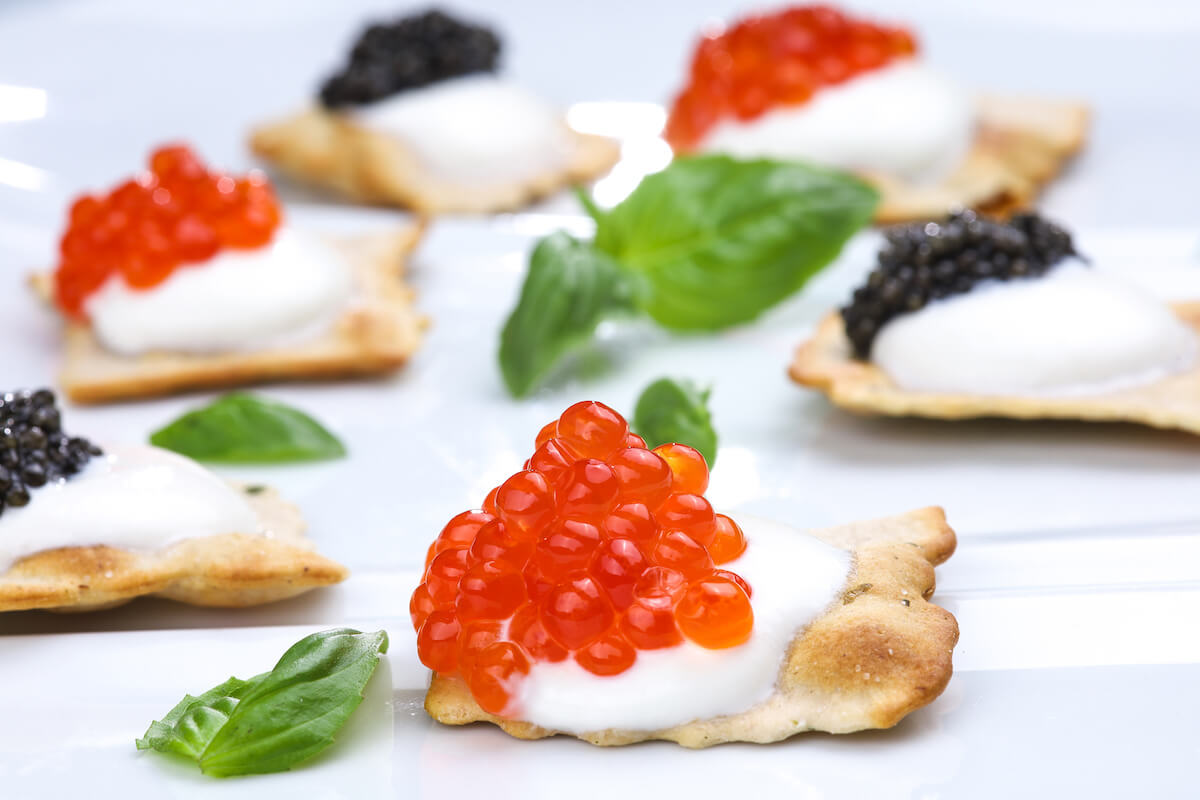
Indulge in the exquisite flavors of Ossetra caviar. With its medium-sized eggs, this delicacy offers a buttery taste and a subtle hint of nuttiness. Elevate your dining experience with this luxurious treat, perfect for special occasions.
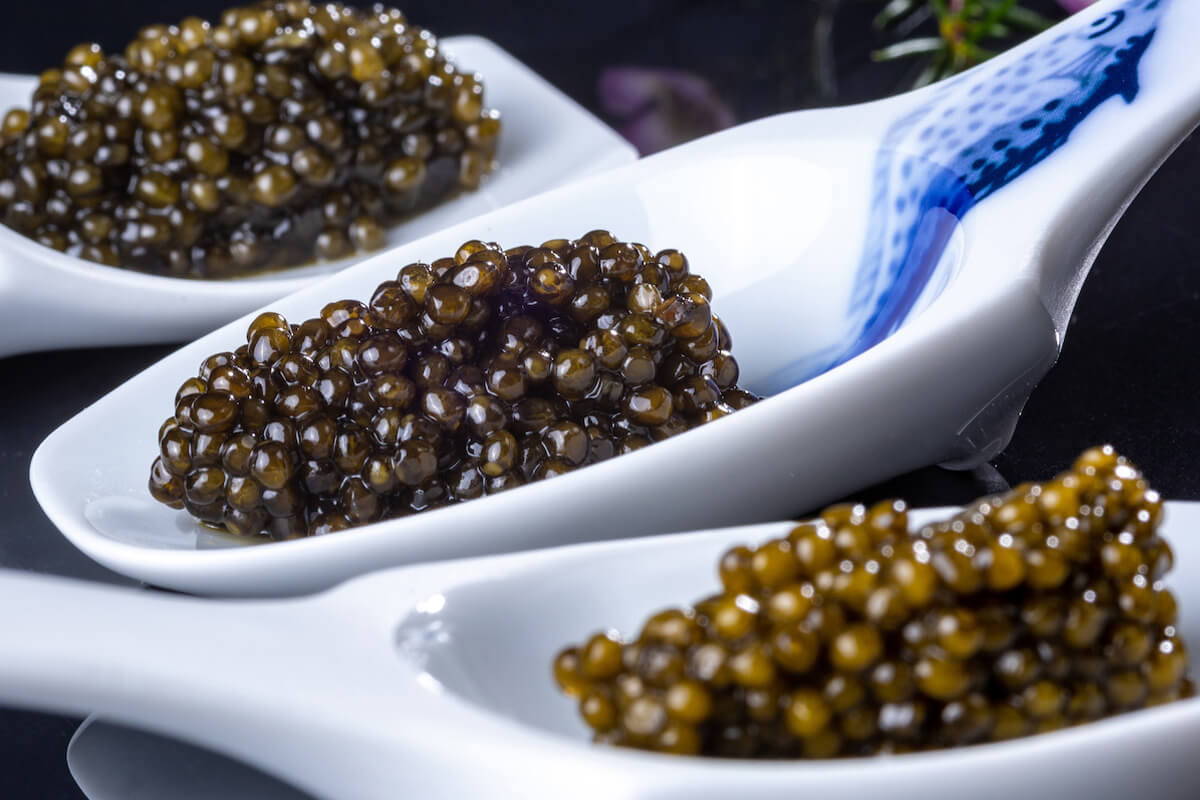
While the original Persian word khavyar simply means "egg," not every egg can be described as caviar. Some producers tend to apply this prestigious label to any type of roe from capelin to salmon and everything in between.
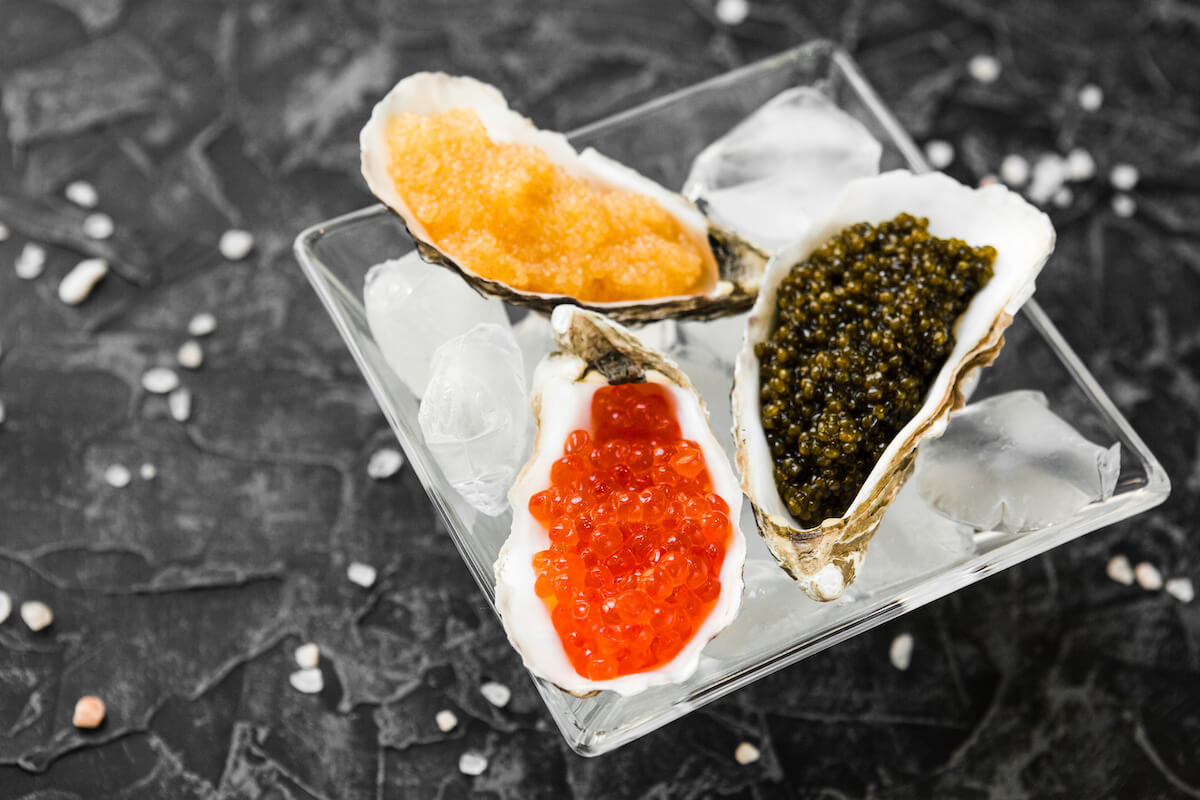
Whether you want to enjoy the luxurious black caviar or prefer to opt for a less costly red variety, it is important to know how to serve caviar. Read on to learn what garnishes and drinks to offer to your party.

There are many different technologies for extracting caviar, depending on a variety of factors. And since a thorough discussion of this topic falls outside the scope of our article, we will only describe the most common method...

 Русский
Русский
